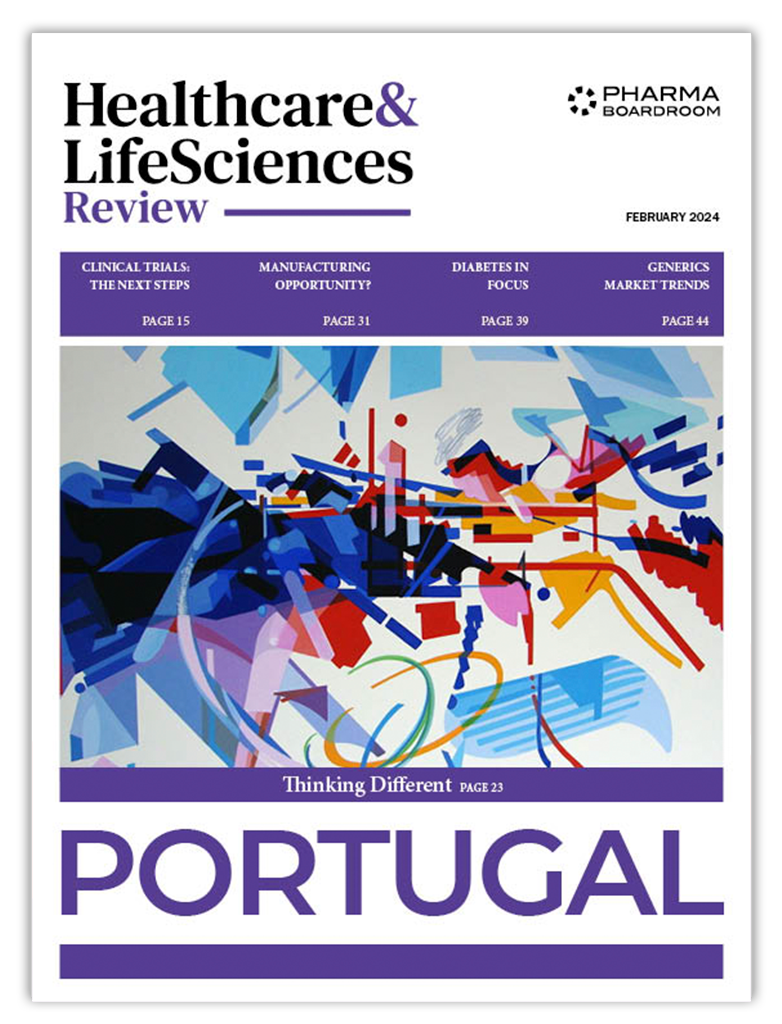Giorgio Palú, President of the Italian Medicines Agency (AIFA) helps us understand how the agency works, explains the criteria they use to evaluate innovative medicines and tells us about AIFA’s independent research program.
Can you explain what the AIFA does, given the different role of regulators between countries?
The Italian Medicines Agency is the regulatory competent authority, responsible for medicines for human use in Italy. It is a public body operating under the direction of the Italian Ministry of Health and the supervision of the Italian Ministry of Health and the Ministry of Economy. The AIFA’s main mandate is to guarantee access to medicines and their safe and appropriate use, but also to manage pharmaceutical expenditure in a context of economic-financial compatibility and competitiveness of the pharmaceutical industry.
Our strategic priorities are contributing to health promotion and protection through regulation of marketing, use and supervision of medicinal products for human use; optimising the use of public resources allocated to reimbursement of medicines for human use to maximise the benefits of the community in terms of public health; promoting independent scientific information and fostering investments in research and development in the pharmaceutical sector. In the context of promoting innovation AIFA is financing both applied and basic research projects (independent research) dealing with experimental pharmacological treatments and the use of orphan drugs.
AIFA is also responsible for defining the reimbursement and supply regime for all authorised medicines, by negotiating the price of drugs charged to the NHS, after negotiations with pharmaceutical companies.
Innovation has never been so fast and companies’ innovation cycles are accelerating and covering a greater scope of unmet medical needs. What are the challenges for a country agency like AIFA with respect to assessing the therapeutic solutions that come at such speed?
AIFA has always favoured innovation and, in this context, has defined specific criteria with the aim of guaranteeing quick access to medicines that have a clear therapeutic added value and of incentivising the development of drugs that offer substantial therapeutic benefits for patients. The goal is to harmonize the criteria in our national territory.
In Italy, to date, human medicines are evaluated as innovative based on three criteria:
First, the therapeutic need; second, the added therapeutic value and third, the robustness of the scientific evidence based on the GRADE method.
An updated list of medicines is publicly available and includes the assessment reports for recognition of innovation, by therapeutic indication, in accordance with the provisions of AIFA Resolution no. 1535/2017.
What areas of innovation do you view as more challenging to evaluate?
In my opinion there are many areas of innovation that could be of interest and challenging. I am thinking of the area of all modern biotechnology medicinal products, gene therapy medicinal products, somatic cell therapy medicinal products, tissue engineered products, or the digital therapies that are sometimes borderline between devices and medication.
Having a relevant regulator can be key to ensuring dynamism in the local R&D environment of a country. What role does AIFA play in incentivising Italian innovation?
AIFA play a central role considering that the definition of innovation, its assessment, and the granting of the status of innovative medicine are a responsibility owned by AIFA.
This means that an innovative products can be made immediately available to patients, even without formal inclusion in the regional hospital therapeutic schedules. Furthermore, there are the products that have access to a dedicated fund for innovative oncological and non-oncological medicines (EUR 500 + 500 million per year).
AIFA, was the first medicines agency in Europe to include within its institutional objectives the promotion of public scientific research on strategic and innovative pharmaceutical sectors, even in areas of little interest for profitable research.
AIFA’s independent research program is aimed at all Italian researchers from public and non-profit institutions and is financed by a share of the fund consisting of a contribution equal to 5 percent of the promotional expenses incurred annually by pharmaceutical companies.
The Agency supports non-profit clinical studies, aimed at: comparisons between medicines to demonstrate additional therapeutic value; studies on orphan drugs and rare diseases; studies on prescriptive appropriateness and aimed at optimizing therapeutic strategies and studies on the safety profile of medicines and on information.
How does AIFA view the digitalisation of the Italian healthcare system, specifically regarding RWE that can be produced for regulatory purposes? How advanced is your country in this field?
AIFA is one of the first (and perhaps few) agencies that has implemented a system of monitoring registers. The Law No. 135 of 7 August 2012 recognised the monitoring registers as an integral part of the Information System of the national health service and has assigned to the registers functions of evaluating the effectiveness of the medicinal product for the purpose of appropriateness, price renegotiation, and of controlling expenditure for innovative medicines and for avoidable costs in health care.
The COVID-19 pandemic has had a huge impact on all healthcare stakeholders, especially on regulators who were pushed to approve treatments and vaccines within faster timelines than ever before. How has the pandemic affected the way in which AIFA operates?
The Agency’s activities did not stop during the pandemic period and indeed the crisis was an incentive to proceed with the “virtualisation” of many AIFA activities. In particular, the field of clinical trials has been very affected by the pressure due to the pandemic crisis in the face of the need to ensure their approval in line with the evolution of research relating to Covid-19.
The virtual approach was initiated in the context of inspections and is continuing with the implementation of procedures and guidelines at national and European level. For other activities, this step has even made it possible to increase the strength of the collaborations already in place and the construction of new networks with international dimensions. During this period, they were highlighted some potential of the system as in the case of managing the impact of the epidemic in the context of drug shortages. In fact, the phenomenon in Italy was very restrained due to the collaboration between Regions, AIFA and pharmaceutical industries.







